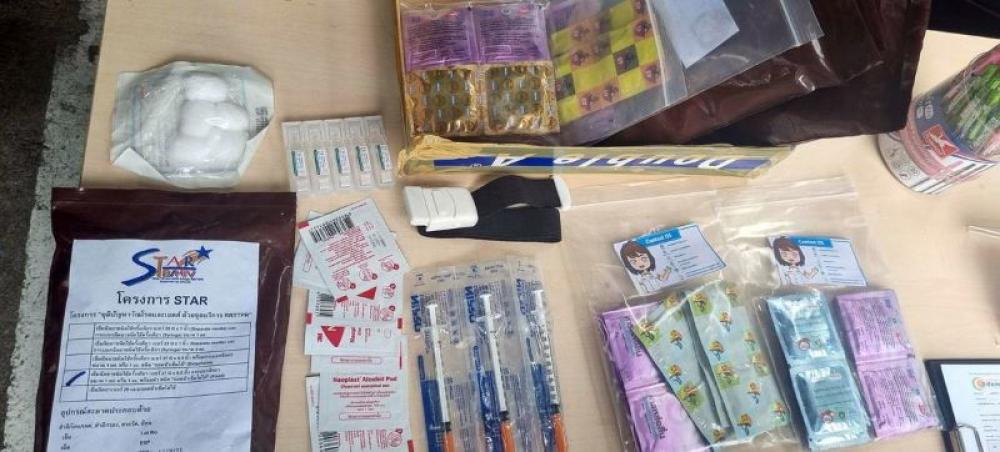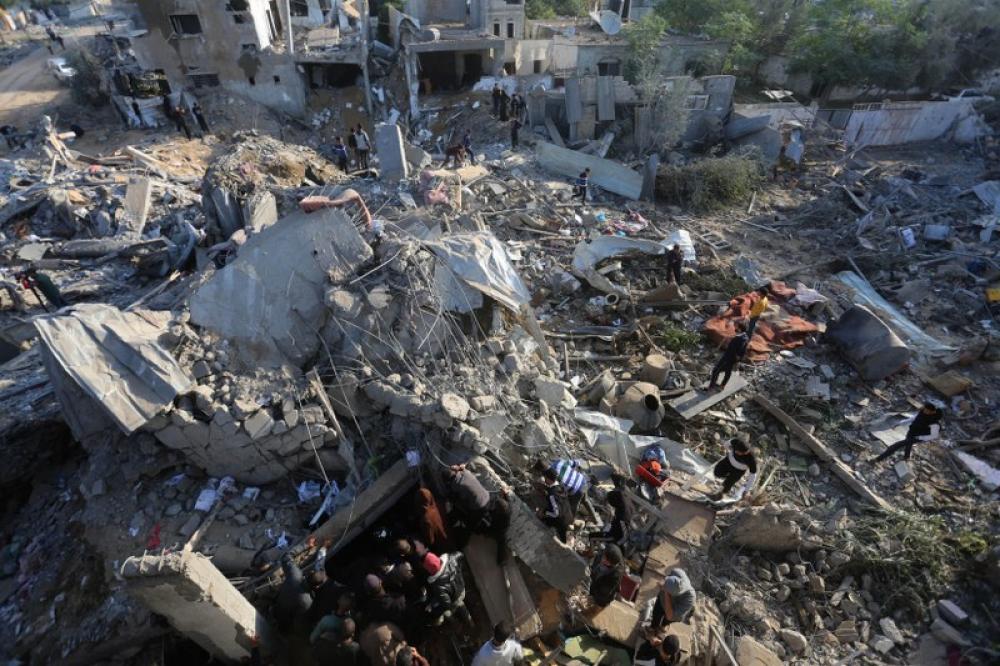Just Earth News | @justearthnews | 23 Jul 2024, 10:26 pm Print
 AIDS
AIDS Photo Courtesy: UNAIDS Thailand/Cedriann Mart
An immediate increase in HIV services is needed in the countries most affected by the pandemic to end AIDS by 2030, according to a new report by the Global Alliance for Ending AIDS in Children by 2030, released on Monday.
The Global Alliance was launched by the World Health Organization (WHO), UN Children’s Fund (UNICEF) and the Joint UN Programme on HIV/AIDS (UNAIDS) in 2022 and includes 12 African countries.
The new report – Transforming Vision Into Reality – also highlights significant progress in averting four million infections among children aged 0-14 years old since 2000 through programmes targeting vertical transmission of HIV- that is, from mother to child.
Many of the countries in the Global Alliance have achieved significant coverage of lifelong antiretroviral therapy among HIV-positive pregnant and breastfeeding women. Uganda has neared a 100 per cent achievement.
“I applaud the progress that many countries are making in rolling out HIV services to keep young women healthy and to protect babies and children from HIV,” UNAIDS Executive Director, Winnie Byanyima said.
“With the medicines and science available today, we can ensure that all babies are born – and remain – HIV-free, and that all children who are living with HIV get on and stay on treatment,” she added.
Ms. Byanyima said modern medicines and science help ensure babies are born and remain HIV-free through effective treatment. But this treatment, she said, must be increased to ensure that all children are reached.
“We cannot rest on our laurels,” she said. “The world can and must keep its promise to end AIDS in children by 2030.”
Not on track
Despite noteworthy advances, the report states that neither the world nor Global Alliance countries are on track to meet HIV-related targets for children and adolescents. Furthermore, progress in avoiding new HIV infections and AIDS-related deaths in children has decreased in recent years.
“While we have made progress in increasing access for pregnant women to testing and treatment to prevent vertical transmission of HIV, we are still far from closing the paediatric treatment gap,” Tedros Adhanom Ghebreyesus, Director-General of WHO said.
“We need to further strengthen the collaboration and reach of the Global Alliance, and we must do this work with focus, purpose and in solidarity with all affected mothers, children, and adolescents.”
Age and gender inequalities
The report noted that about 120,000 children aged 0-14 became infected with HIV in 2023 and 77,000 of those cases occurred in the Global Alliance countries. These countries also recorded 49,000 of 76,000 global AIDS-related deaths among children aged 0-14 years old.
The report also cited a continued widening treatment gap between adults and children.
“Without early and effective testing and treatment, HIV remains a persistent threat to the health and well-being of children and adolescents and puts them at risk of death,” said Anurita Bains, UNICEF Associate Director HIV/AIDS.
“To close the treatment gap, we must support governments to scale up innovative testing approaches and ensure children and adolescents living with HIV receive the treatment and support they need.”
Gender inequalities and human rights violations were cited as increasing women’s vulnerability to HIV and reducing their ability to access necessary treatment.
All UN agencies involved in the Global Alliance encourage strengthened global collaboration to end AIDS by 2030.
- Gaza ceasefire: Israel PM's office indefinitely suspends release of Palestinian prisoners
- Hamas frees five hostages as part of ongoing ceasefire deal
- Gunman, disguised as lawyer, guns down notorious gang leader in Sri Lankan court
- Kash Patel takes oath as Trump's FBI chief
- American people deserve an FBI that is transparent and accountable, says Indian-origin chief Kash Patel






